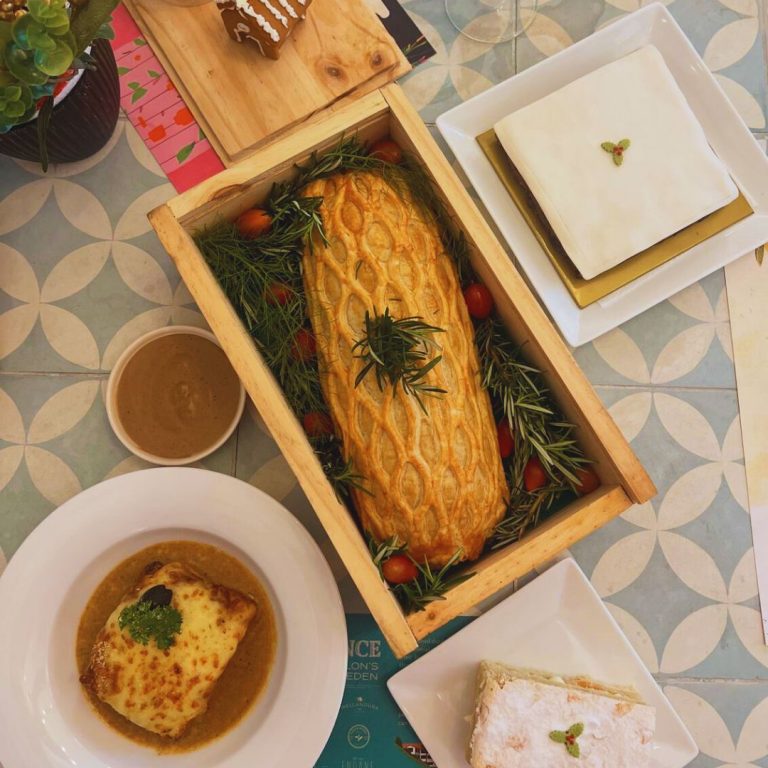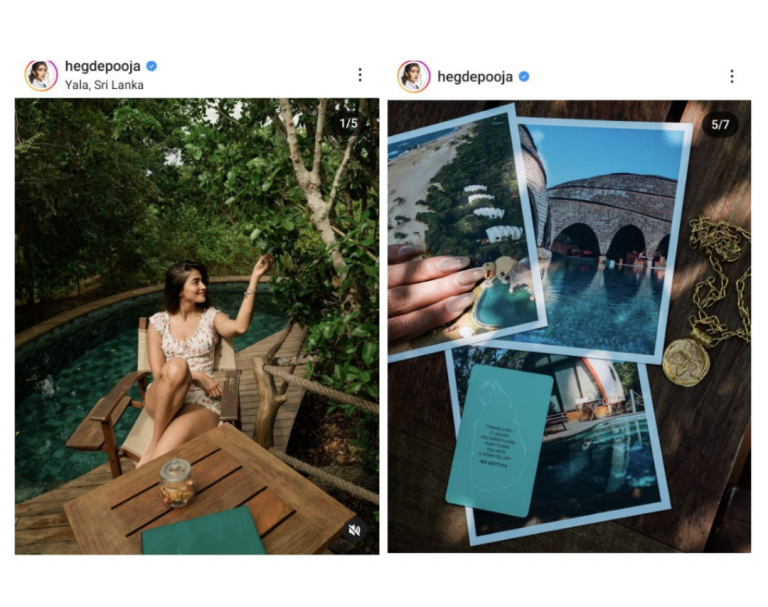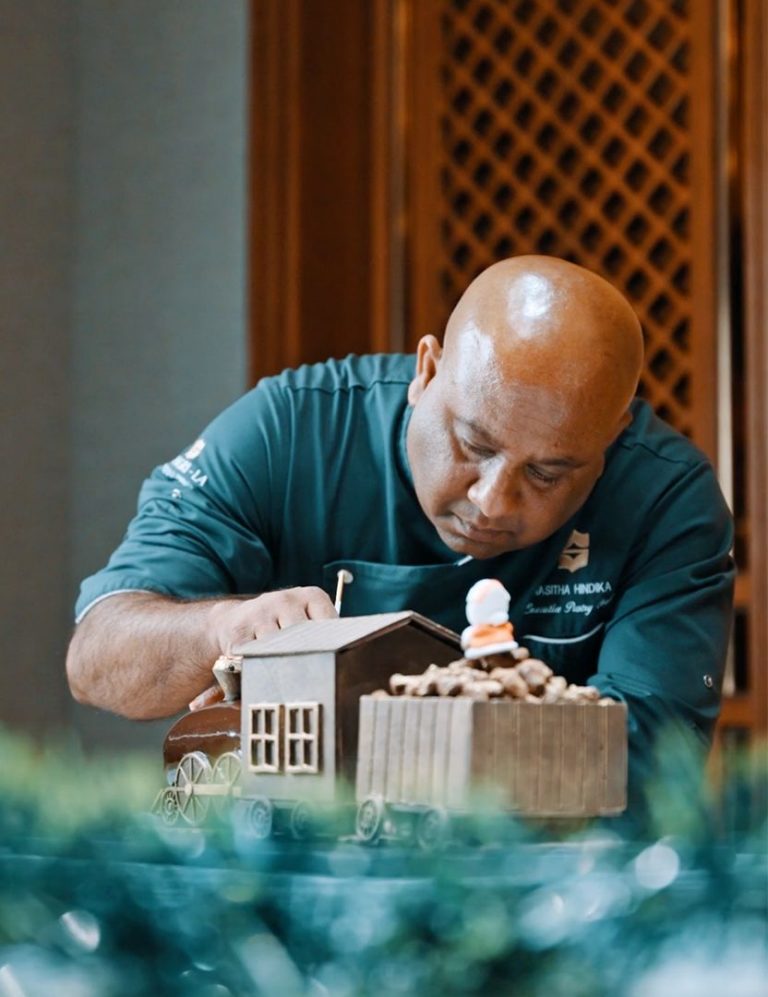Just when I thought the deep South was too overexposed to hold any real mystery for me, I was firmly shown how wrong my assumptions were. This past weekend, an impromptu plan—the best kind!—culminated in a leisurely boat ride down the Koggala Lake, a little oasis in the south-western tip of the island. Dotted with islands shrouded in the thick shade of mangroves, and even a cinnamon plantation in the midst of it all, sailing down the lake is the perfect antidote to urban weariness.
The Ride

Tucked away from the sights of the few tourists who venture this far into the heart of the south, the 30-km-long lake is a welcome change from the frenetic pace of the perennially-on-holiday towns in the vicinity. The polite and enthusiastic boat operator who took us on a tour was the only person conducting business on a Sunday evening. This meant we sailed in isolation for the most part of the 35 minutes, barring a few local fishermen returning home. The silence was only broken by the occasional bird call and the hum of the boat’s motor. The boatman informed us that the lake plays host to 10 crocodiles. Along the way, we had a few false sightings that all turned out to be large rocks instead.

We could have gone on in the same vein, enjoying a spot of nothingness for a change. But it turns out that our friendly boatman had other designs. Also worked into the itinerary was a pit stop for a curious activity called ‘fish feeling’. (I know that sounds dodge, but take your mind out of the gutter.)

It turned out to be a little elevated deck constructed by the side of the lake, with two large nets holding a really large number of fish. Similar to a fish pedicure but not quite, ‘fish feeling’ involves sitting on the deck and dangling your feet into the net, for the tingly sensation of having the fish dart about underneath. To our relief, these fish didn’t nibble at our feet like Doctor Fish, but simply went about their business. For 200 bucks a pop, it was a pointless yet harmless exercise, if you’re willing to not be over-critical.
A brief sail later, we landed ashore for our second pit stop. This one was to a humid grove of thickly clustered trees, right amidst which was the home of a local cinnamon farmer.

With shy smiles, he and his wife got down to showing us how cinnamon is carved out of the bark of the tree, which grows all over the tiny island.

The raw, green cinnamon bark has a vegetal smell that bears no resemblance to the deep fragrance of the spice. But when it is dried, it takes on the depth of fragrance and flavour that we associate with the best Ceylon cinnamon. It was not surprising that the couple made a sales pitch for their neatly packaged cinnamon sticks (Rs. 400 for a packet of approximately four sticks), cinnamon powder (Rs. 600 for a sachet), and highly aromatic cinnamon oil (Rs. 800 for a bottle).

After having spent a whole year in Sri Lanka, I know a tourist trap when I see one — but this is one I fell into willingly. After all, how often do you get to buy cinnamon from an endearing old couple smack dab in the middle of nowhere?

The sun was setting as we made our way back to shore after the gentle adventures of the evening. Along the way, we stopped to admire the little islands sprinkled across the lake.

The Conclusion
Despite the many lakefront hotels whose lights shimmer on the lake’s surface, the Koggala Lake is still a relatively untouched attraction of the south. Despite my best efforts at being cynical, I couldn’t help but be a little charmed by the small network of interdependent businesses that have sprung up on—and because of—the lake. At Rs. 2,500 for a group of three adults, I know we could have perhaps bargained for less. But that would defeat the whole purpose — of enjoying an unhurried slice of Sri Lanka that sometimes feels like it is slipping from view.









